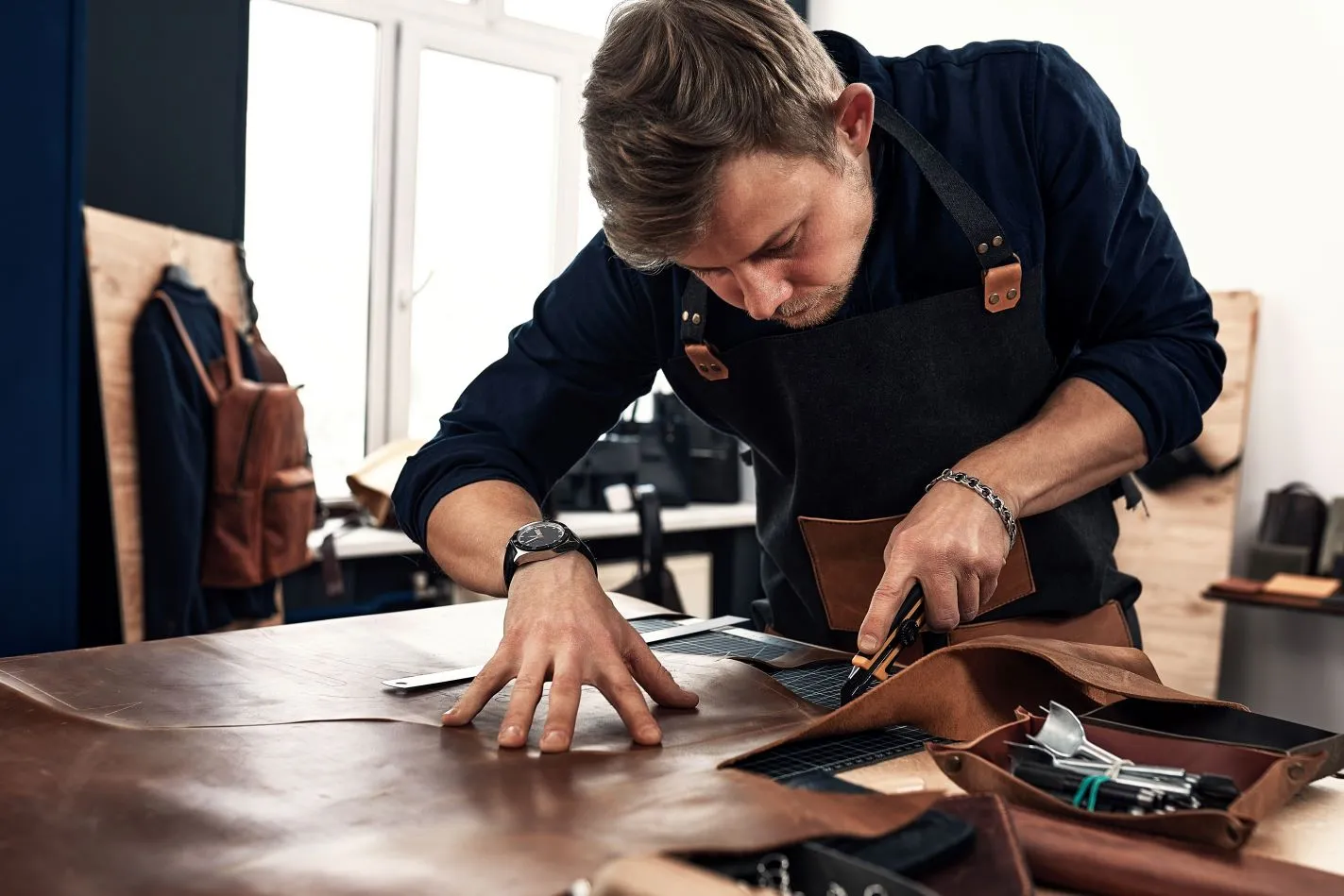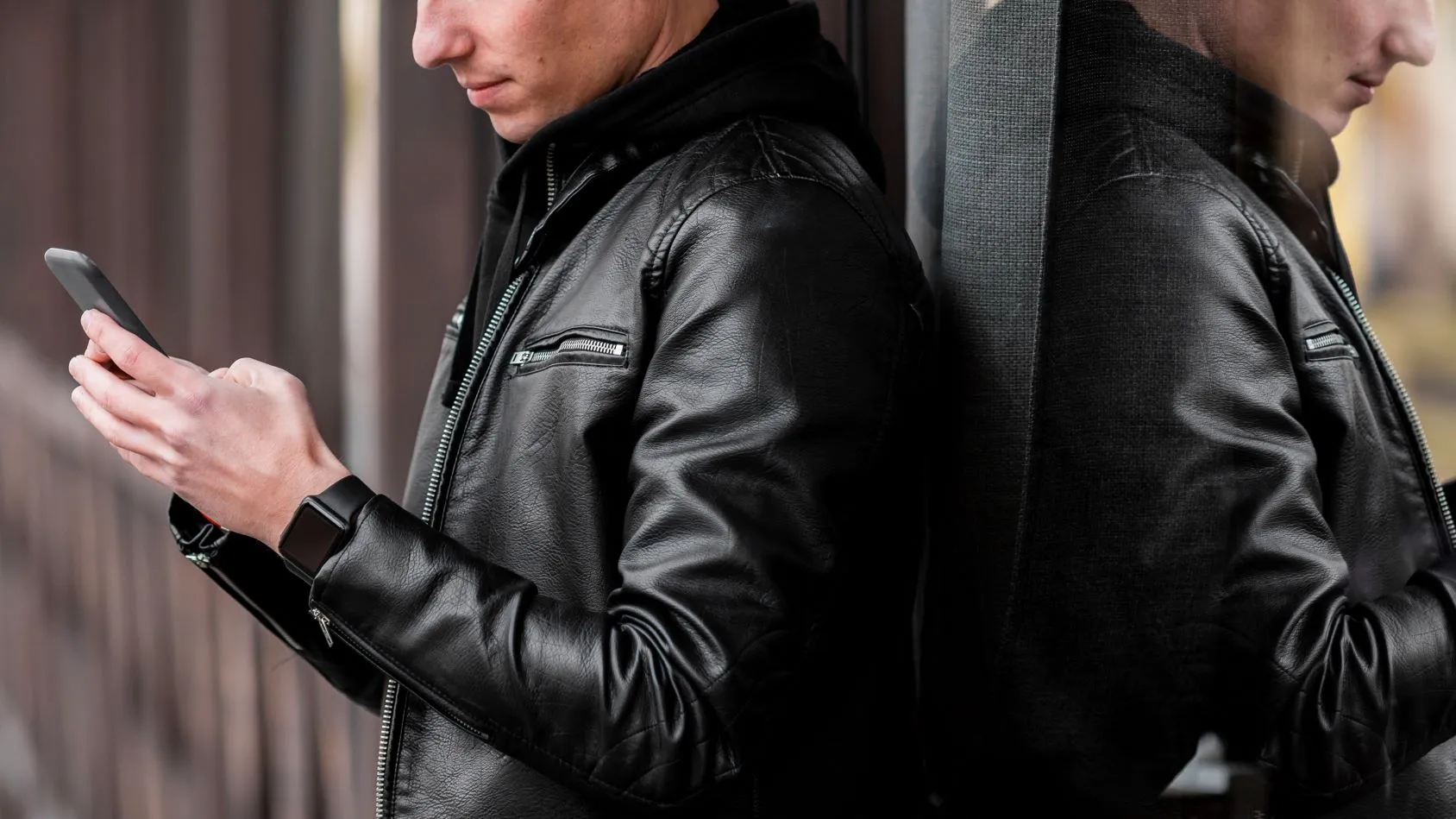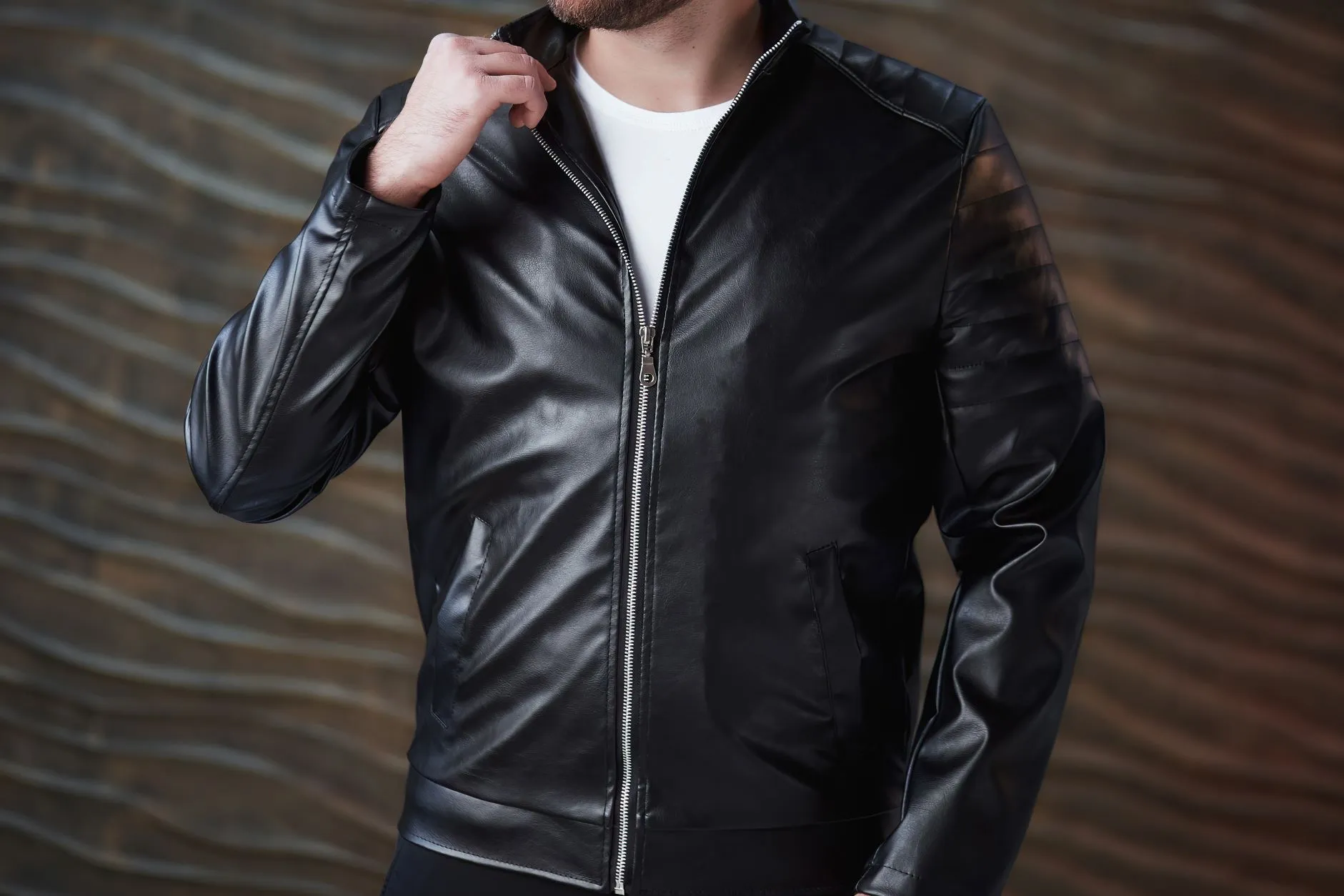Understanding how to identify a high-quality leather jacket is essential for ensuring durability, comfort, and classic style. These types of leather not only age beautifully but also provide a luxurious feel that sets them apart.
Craftsmanship is another crucial factor. Look for impeccable stitching, strong seams, and carefully finished edges. Attention to detail in the hardware and lining enhances both the aesthetic appeal and functional aspects of the jacket.
Find the modulation of selecting a quality leather jacket in this article to make an informed decision that enhances your wardrobe for years to come.
Spotting High-Quality Leather Finishes and Textures
High-quality leather has a distinct finish and texture that sets it apart. Look for a smooth, even surface with a rich, natural grain that indicates premium material.
Leather Quality
When choosing a leather jacket, understanding the different types of leather and their quality markers is essential. Here are the main types of leather used in jackets:
Types of Leather
- Full-Grain Leather
This is the highest quality leather, made from the top layer of the hide. It retains the natural grain and markings.
Look for a rich, natural texture and imperfections that add character. Full-grain leather is durable and develops a beautiful patina over time.
- Top-Grain Leather
Slightly lower in quality than full-grain, top-grain leather is sanded and finished to remove imperfections.
Smooth and consistent surface. It is less breathable than full-grain but still offers durability and a refined look.
- Genuine Leather
This is a lower grade of leather made from the layers beneath the top grain. It is often treated and dyed to mimic higher-quality leather.
It looks uniform and is more affordable. However, it is less durable and doesn’t age as well as higher-grade leather.
- Bonded Leather
Made from leftover leather scraps bonded together with adhesives, this is the lowest quality leather.
Often found in very inexpensive jackets, they need more durability and texture of higher-quality leather.
Identifying Quality
When examining leather jackets, look for the following quality markers:
- Texture: High-quality leather will have a natural, supple texture. It should feel soft yet firm to the touch.
- Smell: Genuine leather has a distinct, rich smell. Avoid jackets with a chemical odour, which can indicate lower-quality materials.
- Durability: Quality leather is thick and sturdy. It should resist scratches and show minimal wear over time.
- Finish: The finish should enhance the leather’s natural appearance without looking overly processed. A good finish adds to the leather’s longevity and beauty.
Craftsmanship

The craftsmanship of a leather jacket is necessary in determining its quality and longevity. Here are the signs of good craftsmanship to look for:
Stitching
- Even and Tight Stitches: High-quality jackets have consistent, tight stitches that are evenly spaced.
- Reinforced Seams: Look for reinforced seams, especially in high-stress areas like the shoulders and sides.
- Minimal Loose Threads: A well-crafted jacket will have few to no loose threads. Loose threads can indicate rushed or poor-quality work.
Lining
- Smooth and Durable Lining: The lining should be made of a smooth, durable fabric that feels comfortable against the skin.
- Well-Attached Lining: The lining should be securely sewn into the jacket without bunching or sagging. Check the seams inside the jacket to ensure they are tidy and well-finished.
- Functional Design: Quality linings often include inner pockets and thoughtful design features that add to the jacket’s practicality and comfort.
Hardware
- High-Quality Zippers: Zippers should glide smoothly without catching. Metal zippers are usually more durable than plastic ones. Brands like YKK are known for their reliable hardware.
- Sturdy Buttons and Snaps: Buttons and snaps should be firmly attached and made from robust materials like metal. They should not feel loose.
- Securely Attached Hardware: All hardware, including buckles and rivets, should be firmly attached to the jacket.
Design Detail
Design elements play a significant role in determining the quality of a leather jacket. Here are the key aspects to consider:
Zippers
- Smooth Operation: High-quality zippers should open and close smoothly without catching.
- Durable Materials: Look for zippers made from sturdy metals like brass or stainless steel.
- Brand Recognition: Recognized brands like YKK are synonymous with quality. A jacket featuring such zippers is a good indicator of overall craftsmanship.
Buttons
- Solid Construction: Buttons on a quality leather jacket should be made from robust materials such as metal or high-grade plastic.
- Secure Attachment: Check that buttons are tightly sewn on, with no loose threads or wobbling. This ensures they won’t easily fall off.
- Uniform Appearance: All buttons should match in style and colour, contributing to the jacket’s cohesive look.
Pockets
- Functional Design: Pockets should be thoughtfully placed and easily accessible. They should serve both aesthetic and practical purposes.
- Reinforced Edges: The edges of the pockets should be reinforced with additional stitching or leather trim to prevent fraying and extend the jacket’s lifespan.
- Clean Lines: Well-made pockets lie flat against the jacket when not in use, maintaining a sleek silhouette.
Additional Design Elements
- Stitching Details: Decorative stitching, such as quilting or intricate patterns, should be even and precise, enhancing the jacket’s visual appeal.
- Seam Alignment: All seams should be straight and properly aligned. Misaligned seams can indicate poor construction.
- Collar and Cuffs: These areas should be well-constructed, with smooth, even stitching. They should lie flat and not show any signs of puckering or misalignment.
Lining and Interior
- High-Quality Lining: The lining material should complement the leather’s exterior. It should be durable, breathable, and securely attached.
- Inner Pockets: Additional inner pockets, especially those with secure closures like zippers or snaps, add functionality and indicate attention to detail.
Fit and Comfort

The fit and comfort of a leather jacket are essential factors that contribute to its overall quality. Here’s how to assess these crucial aspects.
Fit
- Proper Size: Ensure the jacket fits your body correctly. It should neither be too tight nor too loose.
- Length: The length of the jacket should complement your height and style preference.
- Tailoring: Look for tailored elements that contour to your body’s shape.
Comfort
- Soft Leather: High-quality leather should feel soft and supple against your skin. It should not be stiff or uncomfortable.
- Breathability: A good leather jacket should allow your skin to breathe.
- Weight: The jacket should have a balanced weight.
Conclusion
Investing in a high-quality leather jacket is a decision that pays off in the long run. A well-made leather jacket offers durability, comfort, and timeless style.
It becomes a versatile piece that can enhance your wardrobe for years. By understanding the importance of material, craftsmanship, design, fit, and comfort, you can choose a jacket that not only looks great but also stands the test of time.
A quality leather jacket is more than just a piece of clothing; it’s an investment in style and longevity.













